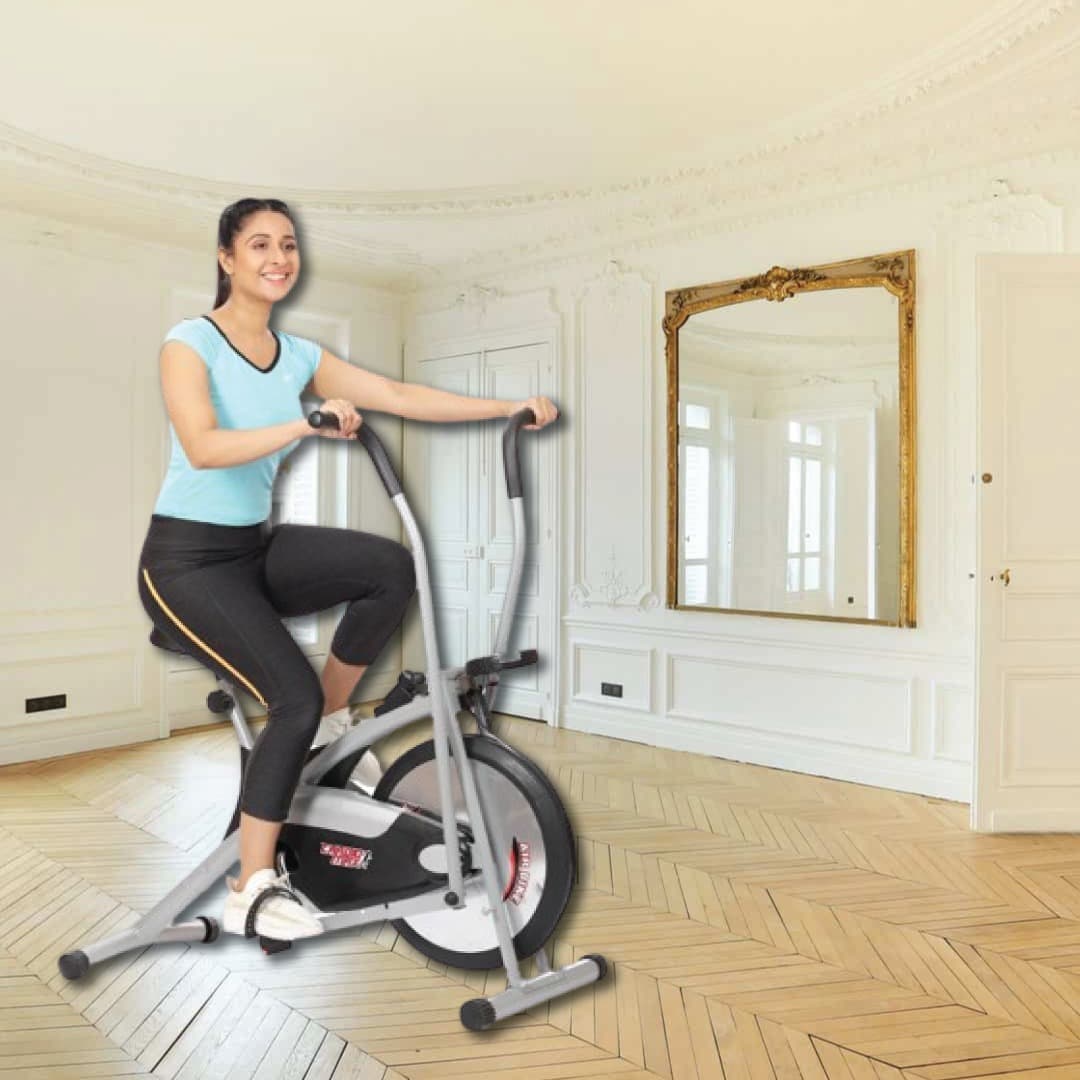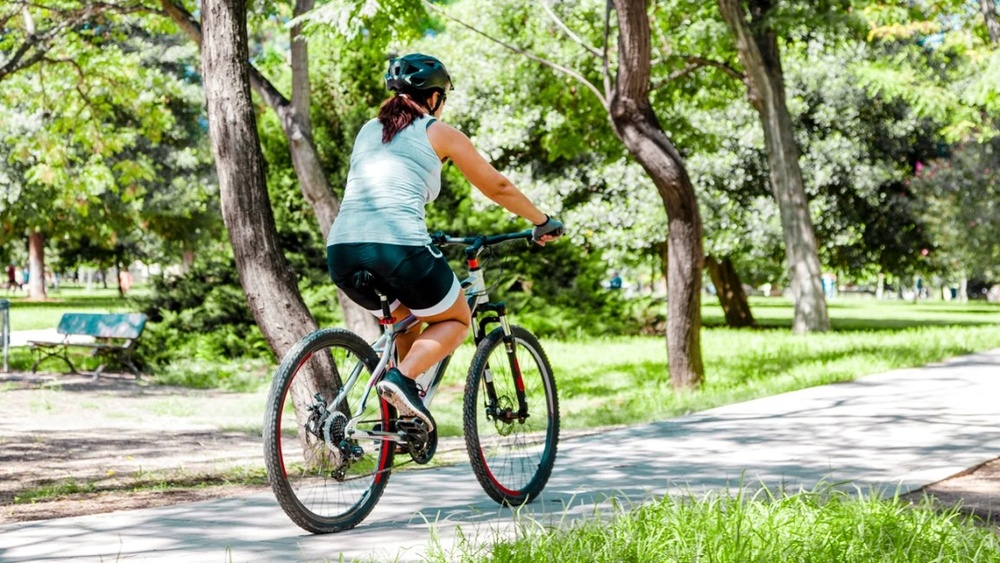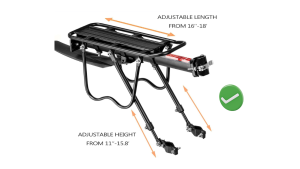Are you looking for a fun and effective way to shed those extra pounds? Bicycling could be the answer you’ve been searching for.
It’s not just a great workout—it’s a chance to enjoy the outdoors, clear your mind, and boost your energy. But how can you make sure your rides really help you lose weight? You’ll discover simple, practical tips to turn your cycling sessions into a powerful tool for fat burning.
Keep reading, and you’ll find out how to pedal your way to a healthier, slimmer you—without feeling overwhelmed or stuck. Your path to weight loss starts here.

Credit: www.scala-santa.com
Benefits Of Bicycling For Weight Loss
Bicycling is a simple and fun way to lose weight. It helps burn fat and build muscle at the same time. Many people enjoy cycling because it feels less like exercise and more like a ride. The benefits of bicycling for weight loss go beyond just shedding pounds. It supports overall health and boosts your energy levels.
Burning Calories Efficiently
Cycling burns calories fast and keeps you moving. The harder you pedal, the more calories you use. Even slow cycling burns more calories than sitting or walking. This makes bicycling an excellent choice for weight loss. It helps create a calorie deficit, which is key to losing weight.
Boosting Metabolism
Bicycling speeds up your metabolism both during and after exercise. A faster metabolism means your body burns calories even when resting. Regular cycling helps maintain this boost over time. This effect helps reduce fat and supports weight loss goals.
Improving Cardiovascular Health
Cycling strengthens your heart and lungs. A strong cardiovascular system improves your endurance and energy. Better heart health lowers the risk of many diseases. This improvement supports long-term weight management and overall well-being.
Choosing The Right Bike
Choosing the right bike is important for weight loss success. A good bike makes riding easier and more comfortable. It helps you ride longer and burn more calories. Picking a bike that fits your needs keeps you motivated. It prevents pain and injury. Spend time finding the best bike for your weight loss journey.
Types Of Bikes For Weight Loss
Road bikes are light and fast. They work well for riding on pavement. Great for long rides and high calorie burn. Mountain bikes have wide tires. They handle rough trails and off-road paths. Good for varied workouts and strength building. Hybrid bikes mix road and mountain features. Comfortable for city streets and light trails. Best for beginners or casual riders. Stationary bikes let you exercise indoors. Useful in bad weather or tight spaces. Each type suits different styles and goals.
Fitting Your Bike Properly
A proper bike fit stops discomfort and injury. The seat height should allow a slight knee bend. Handlebars must be at a comfortable reach. Your feet should rest flat on pedals. Adjust the seat angle for support. Check the bike frame size matches your height. A well-fitted bike improves efficiency and control. It makes riding more enjoyable and less tiring. Take time to adjust your bike before riding.
Planning Your Cycling Routine
Planning your cycling routine is key to losing weight effectively. A clear plan helps you stay on track and avoid burnout. It also makes your workouts more productive. This section explains how often and how long to cycle. It also covers balancing different intensity levels for the best results.
Frequency And Duration
Start by cycling three to five times each week. Consistency matters more than long rides. Begin with 20 to 30 minutes per ride. Gradually increase your time as your fitness improves. Aim for at least 150 minutes of moderate cycling weekly. This amount supports weight loss and heart health. Break longer sessions into shorter rides if needed. Regular rides help your body burn fat efficiently.
Balancing Intensity Levels
Mix easy and hard rides in your schedule. Easy rides help your muscles recover and build endurance. Hard rides boost your calorie burn and improve fitness. Include interval training once or twice a week. Alternate between fast and slow cycling during these sessions. This method burns more calories in less time. Listen to your body and avoid overtraining. Balance keeps your routine effective and enjoyable.

Credit: www.scala-santa.com
Incorporating Interval Training
Incorporating interval training into your bicycling routine boosts weight loss. This method mixes short bursts of hard effort with easier riding periods. It increases calorie burn and improves fitness faster than steady riding. Interval training also keeps your workouts interesting and challenging.
High-intensity Intervals
High-intensity intervals mean pedaling very fast or climbing steep hills. These bursts last from 20 seconds to a few minutes. Push yourself hard enough to feel out of breath but still safe. These intense efforts raise your heart rate and burn more calories.
Try sprinting or riding uphill at full effort. Keep the pace steady and strong. The goal is to challenge your body beyond normal cycling speed.
Recovery Periods
Recovery periods follow each high-intensity interval. Slow down to a gentle pace or stop pedaling. This lets your heart rate drop and muscles rest. Recovery usually lasts twice as long as the intense burst.
Good recovery helps you perform well in the next interval. It also reduces the risk of injury and extreme fatigue. Balance hard efforts with easy riding for best results.
Tracking Progress And Setting Goals
Tracking progress and setting goals help keep bicycling workouts effective and motivating. Clear goals provide direction and purpose. Monitoring progress shows how far you have come and what to improve.
Small, measurable goals work best. They build confidence and encourage consistency. Progress tracking helps adjust effort and avoid plateaus. Using tools and simple methods can make tracking easy and fun.
Using Apps And Gadgets
Apps track distance, speed, and calories burned. Many free and paid options suit all needs. Smartphones and smartwatches collect data during rides. This information helps analyze performance over time.
GPS-based apps map your routes and show elevation changes. Some apps allow setting daily or weekly goals. They send reminders and celebrate milestones. Gadgets like heart rate monitors give extra insights.
Measuring Weight And Fitness Improvements
Regularly check your weight to see changes. Use a scale at the same time each day for accuracy. Track body measurements like waist and hips too. These numbers reflect fat loss and muscle gain.
Fitness improvements include better stamina and faster recovery. Notice how long you can ride without feeling tired. Observe if climbing hills becomes easier. These signs show progress beyond the scale.
Nutrition Tips For Cyclists
Proper nutrition helps cyclists boost their energy and burn fat. Eating the right foods supports better performance and faster recovery. Fuel your rides and speed up weight loss with smart food choices.
Pre-ride Meals
Eat a balanced meal 1 to 2 hours before cycling. Choose foods rich in carbohydrates like oatmeal or whole grain bread. Include a small amount of protein such as yogurt or eggs. Avoid heavy or fatty foods that may slow you down.
Post-ride Recovery Foods
Refuel within 30 minutes after riding to aid recovery. Combine protein and carbohydrates for muscle repair and energy restoration. Examples include a banana with peanut butter or a chicken sandwich. These foods help reduce muscle soreness and prepare you for your next ride.
Hydration Strategies
Drink water before, during, and after cycling to stay hydrated. Sip small amounts regularly instead of gulping large quantities. For rides longer than an hour, consider a sports drink to replace lost electrolytes. Proper hydration improves endurance and helps with weight loss.
Staying Motivated And Avoiding Plateaus
Staying motivated during your bicycling journey is key to losing weight. Many riders hit a plateau where progress slows or stops. This can feel frustrating and make it easy to quit. Small changes can keep your rides fresh and exciting. This helps your body keep burning calories and building strength.
Varying Routes And Terrains
Riding the same path every day becomes boring fast. Try different routes to keep things interesting. Choose hills, flat roads, or mixed surfaces. Hills build strength and burn more calories. New scenery keeps your mind active and engaged. Your body faces new challenges, avoiding weight loss plateaus. Change your pace during rides. Mix slow and fast cycling to boost fat burn.
Joining Cycling Groups
Riding alone can feel lonely and less fun. Group rides bring social support and motivation. You learn from others and share tips. Group energy pushes you to ride longer and faster. Meet new friends who want to stay healthy. Friendly competition encourages you to improve. Regular group rides create a habit. This helps you stay consistent and lose weight steadily.
Safety Tips For Weight Loss Cycling
Cycling is a great way to lose weight and improve health. Staying safe while riding is very important. Following safety tips helps prevent injuries and keeps rides enjoyable. Safety ensures consistent exercise without setbacks. Focus on simple rules to protect yourself and others on the road.
Wearing Protective Gear
Always wear a helmet to protect your head. Choose a helmet that fits well and meets safety standards. Gloves help protect your hands from falls and improve grip. Bright or reflective clothing makes you visible to drivers. Use lights on your bike when riding in low light. Proper gear reduces injury risk and boosts confidence.
Following Traffic Rules
Obey all traffic signals and signs while cycling. Ride in the same direction as traffic. Use hand signals to show turns or stops. Stay alert and watch for cars, pedestrians, and other cyclists. Avoid using headphones to hear traffic sounds clearly. Following rules keeps you safe and respected on the road.

Credit: www.womenshealthmag.com
Frequently Asked Questions
How Effective Is Bicycling For Weight Loss?
Bicycling burns calories and boosts metabolism, aiding weight loss. Consistent cycling helps reduce body fat and improves cardiovascular health. It’s a low-impact exercise suitable for all fitness levels, making it an effective and sustainable weight loss option.
How Often Should I Cycle To Lose Weight?
For weight loss, aim to cycle at least 3-5 times weekly. Each session should last 30-60 minutes at moderate intensity. Consistency combined with a healthy diet maximizes fat burning and improves overall fitness.
What Intensity Level Is Best For Weight Loss Cycling?
Moderate to high-intensity cycling optimizes fat burning and calorie expenditure. Interval training, alternating between intense bursts and recovery, is especially effective. This approach increases metabolism and promotes quicker weight loss results.
Should I Combine Bicycling With Other Exercises For Weight Loss?
Yes, combining cycling with strength training boosts muscle mass and metabolism. Cross-training prevents workout boredom and reduces injury risk. A balanced routine enhances overall fitness and accelerates weight loss.
Conclusion
Bicycling helps burn calories and improves your fitness. Regular rides boost your metabolism and build muscle. Start slow and increase your distance over time. Choose safe routes and wear a helmet every ride. Drink water and eat healthy to support weight loss.
Enjoy the fresh air and feel your energy grow. Small steps lead to big changes in your health. Keep pedaling and stay consistent for best results. Your body will thank you for the effort.




